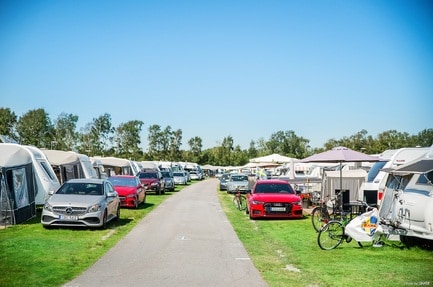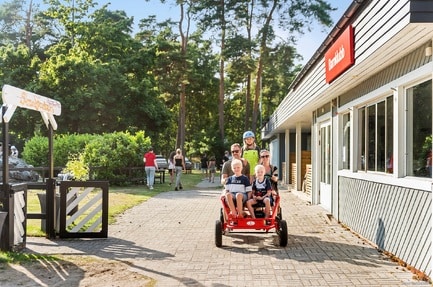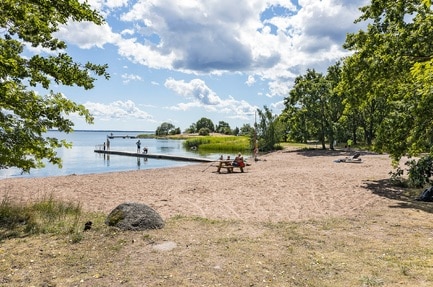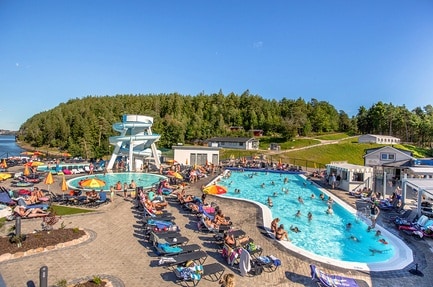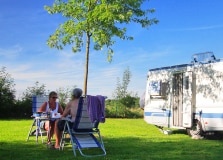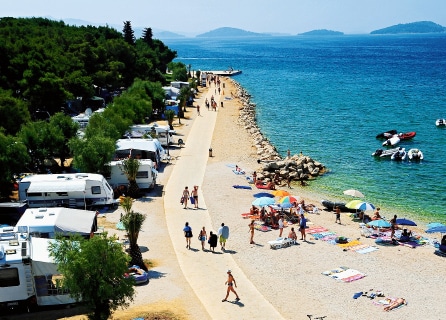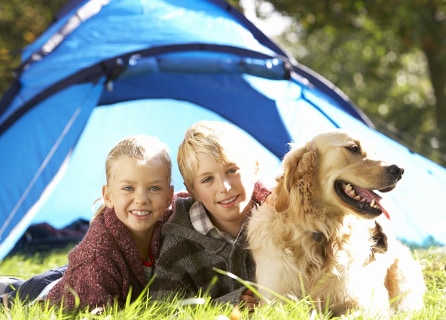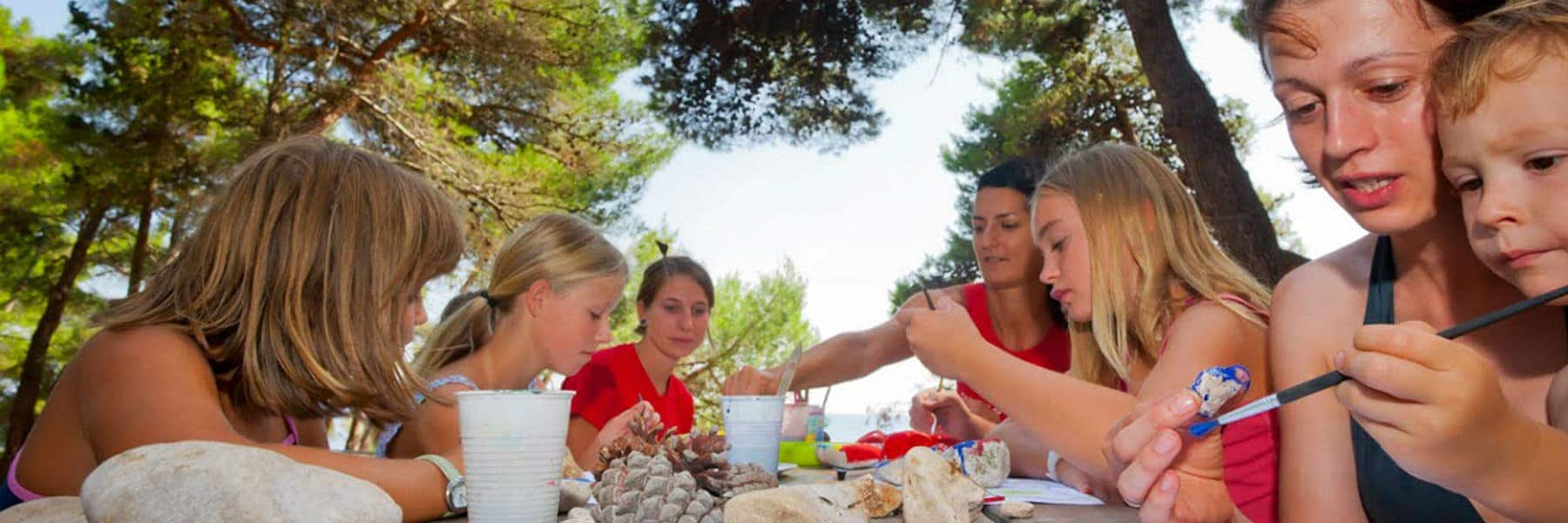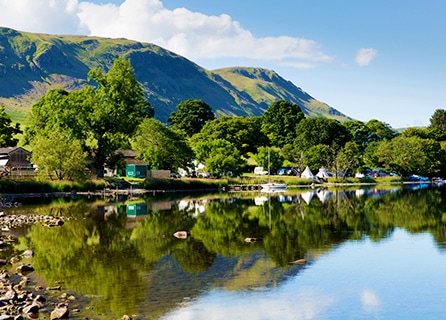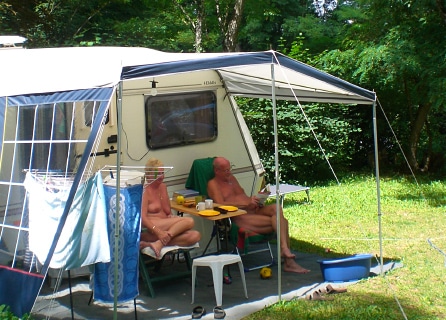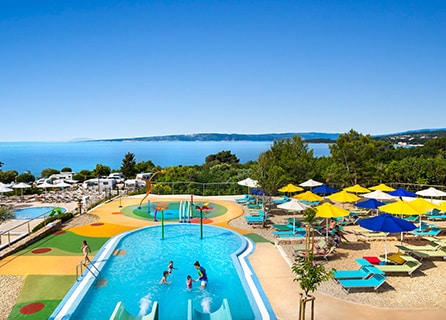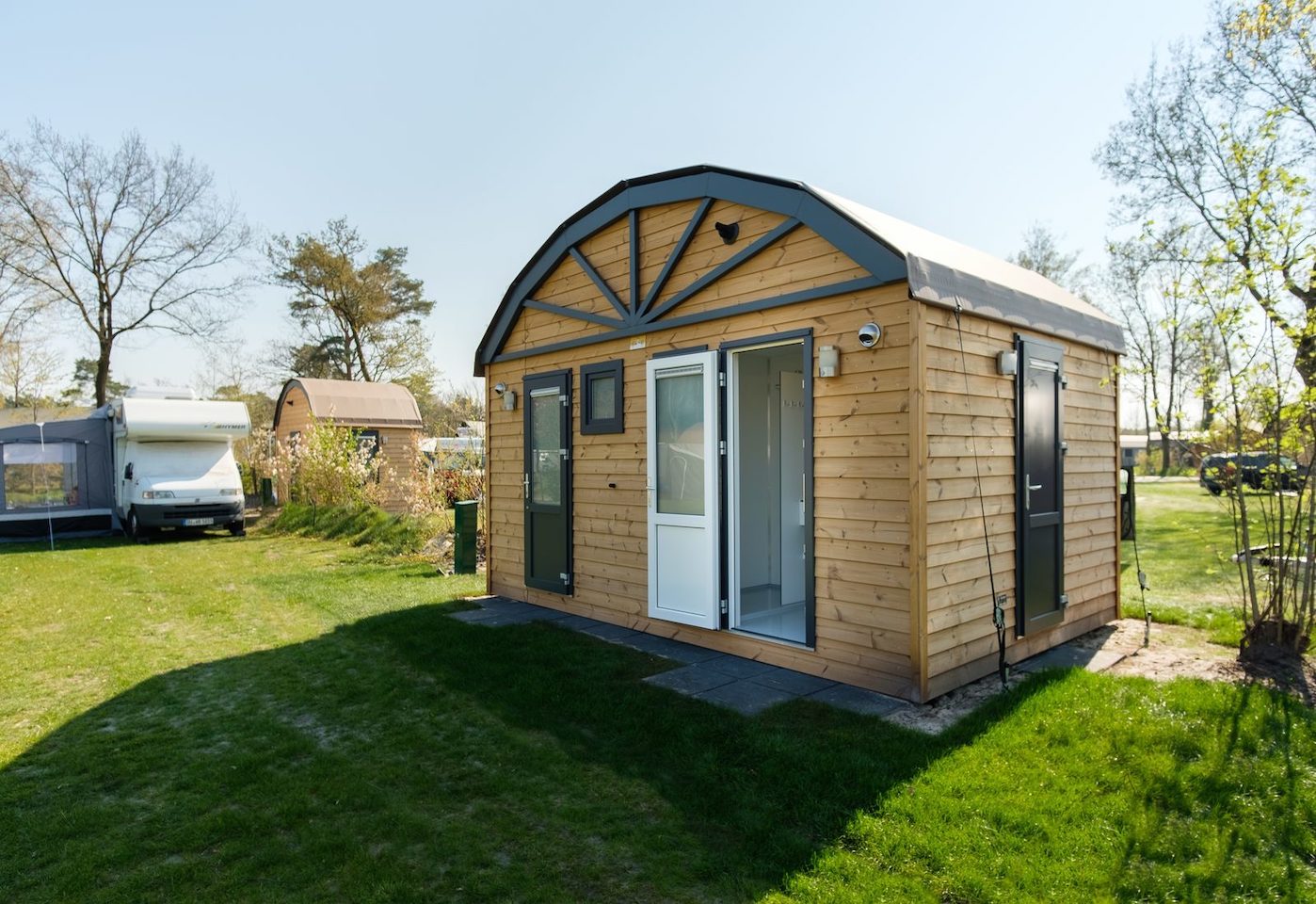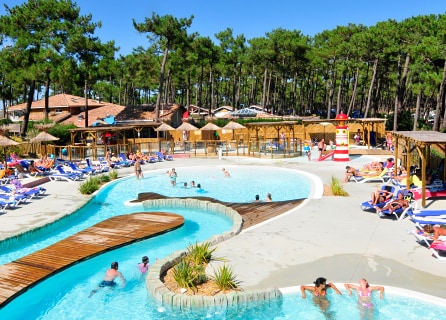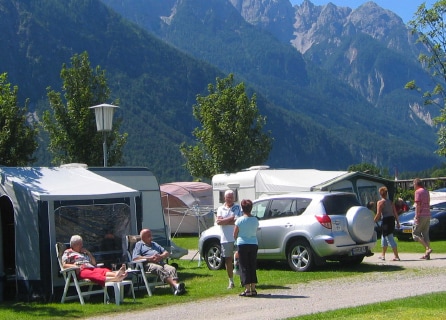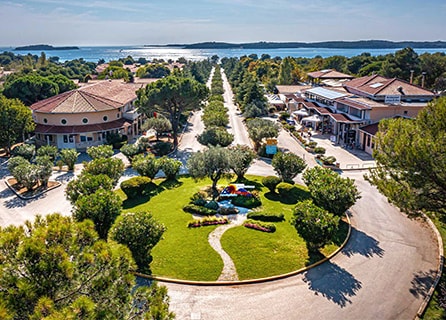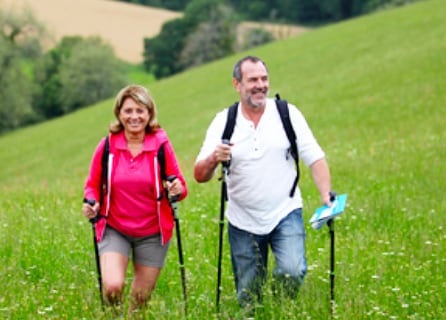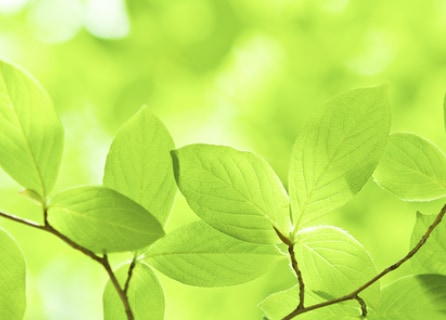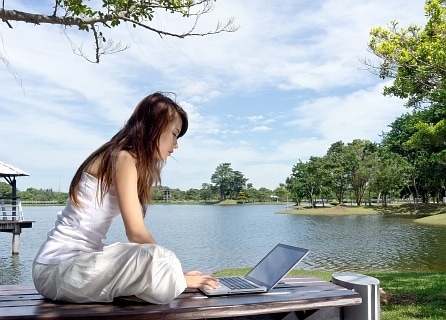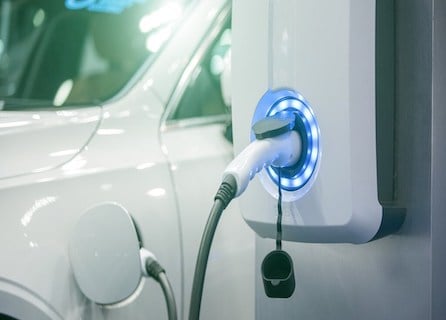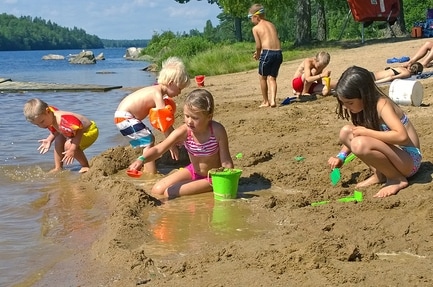
Find your campsite
Search on map
Popular destinations Sweden
Popular campsites: Sweden
Johannesvik Camping & Stugby
Sweden - Västra Götaland - Kungshamn
Camping Johannesvik is a fjord campsite with its own beach between the rocks, including a safe swimming area for small children. The campsite is one...
Mellerud Swe-Camp Vita Sandar
Sweden - Västra Götaland - Mellerud
Situated on the bank of the Vänern, Sweden's largest lake, not far from the village of Mellerud in Dalsland, you will find the sprawling Mellerud...
Camping Hafsten Resort
Sweden - Västra Götaland - Uddevalla
Not far from the town of Uddevalla, you will find Camping Hafsten Resort on a peninsula in the western archipelago. In addition to the terraced...
Långasjönäs Camping & Stugby
Sweden - Blekinge - Asarum
In the Blekinge region, known for its largest number of sunshine hours in Sweden, lies Långasjönäs Camping & Stugby in the heart of the nature...
Seläter Camping
Sweden - Västra Götaland - Strömstad
Seläter is a quiet campsite for nature lovers and active beach visitors. The campsite is situated in a pristine landscape on the west coast of...
Valjevikens Camping
Sweden - Blekinge - Sölvesborg
Valjevikens Camping, located between Valje and Sölvesborg in South Sweden, offers a wonderful camping experience in the Valje nature reserve. The area is known for...
